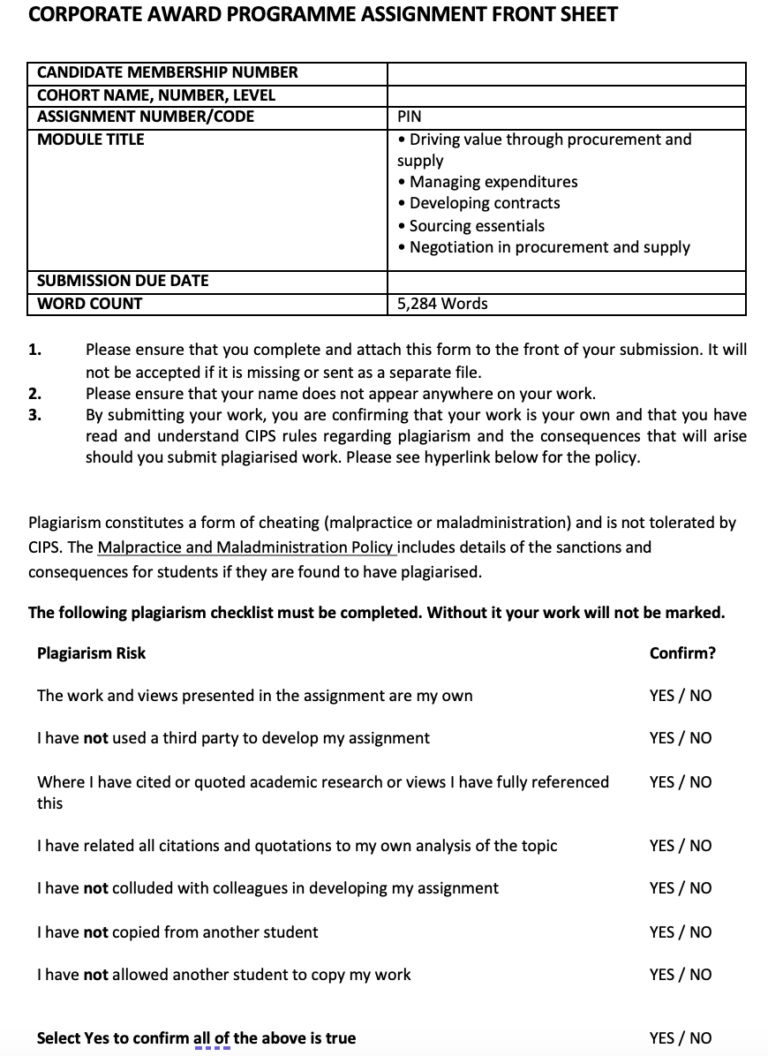-75%
Question
Learning Outcome 3: Understand how change, innovation and creativity can promote improvements in organisational productivity.
Examine the main causes of resistance to change amongst employees and the ways in which people professionals can address this resistance. Illustrate your answer with examples
Solution
The resistance to change by employees is identified by individuals being reluctant to adapt change. This is identified in CIPD (2022) as employees being overt or covert in terms of lacking willingness to adopt to organisation change. The resistance process is evidenced by resisting to change through micro-resistance, language change and general reasons. Through the change process facing an increased resistance, employees can also be blaming those who fail in participating in change therefore increasing the motivation levels. The causes of resistance of change by employees are;
Cause 1- Lacking enough information and awareness for change importance– The success in implementing change is challenging due to the staff and people practice lacking knowledge and understanding of importance of change. As highlighted in Indeed (2023), the appropriate practice to track change strategy resistance is to identify lacking awareness. Hence, there is no person who go through change benefits holistically.
According to Gibbs et al. (2021), focusing on change resistance, the authors highlighted that all the changes are as a result of lacking enough information and awareness for necessity of change. Further, Mindshare (2019) identify this as an appropriate strategy which lead to employees recognition and involvement in change process implementation. Further, they make sure they pursue potential future changes emerging as part of their practices.
For example, through an increased inclusion and being aware of the change by employees, change implementation is successful. Change would be hard to implement when people being involved do not have sufficient understanding and knowledge on importance of change being a significant barrier or hinderance of change process success. In my organisation for example, upto 80% of individuals identify lacking awareness on relevance for change as representing a huge barrier in change process implementation. This lead to failure to communicate holistically and entities reasons for change strategy and lacking of clarity on change strategy functions. The disadvantages are identified by Wideman and Hofmeyr (2020) as inclusive of less motivation and lacking will to execute their roles.
People Professionals Roles– The best practice here entail offering a holistic information and being aware on change strategy as change agents. For instance, turnover challenge for an organisation such as Riyad Bank, the most appropriate strategy entail change strategy in restructuring them. Through managing all uncertainties, employees wellbeing is improved. Additionally, for ensuring success of managing change process, people practice professionals are supposed to be ensuring they are implementing admin knowledge, expertise, change agents and staff champion. By embrace of the identified strategies, employees assume a feeling of integrating organisation practices therefore ready to accept change strategy.
Cause 2- Failure of pursuing strategic approach in implementation– In the process of change, there is a necessity of pursuing strategic approach guided by necessity for appreciating the change process.
Further, change resistance is normally due to failing in implementing strategic approach to implement them. As evidenced in Aziz-Ur- Rehman and Sddiqui (2019) lacking he strategic approach in change contribute to staff resisting change in its implementation. For example, when there is lacking an aligned organisation vision, the change resistance is evident. The misalignment contribute to increased confusion levels and uncertainties on functions in change process. For Riyad Bank case, when there is a need to pursue remuneration system in the past and continuous learning strategy, the organisation failed in successfully implement change strategies. The different stakeholders were not included in the change strategy.
People Professionals Roles– for addressing the identified resistance, people practice professionals need to pursue strategic approach in change adoption. According to PWC (2023), evaluating on the necessity for supporting employees by people practice professionals, readiness for embracing on change was identified. This is supported by Rodriguez-Sanchez et al. (2020) which demonstrate lacking strategic approach for change contributing to employees resistance to change. For example, in Saudi Aramco, the best practice for people professionals include capacity development strategies, retention, relocation and redundancy strategies. According to Goh and Okumus (2020), by having in place an appropriate supervisory teams support, entities increases the level of trust and workplace deviant practices directly associated with change strategy for professional management. The importance of this is to appreciate organisations phenomenon and designing workforce pipelines to reflect overall organisation demands. Strategic management ensure that all stakeholders are actively engaged with their roles clearly stipulated and facilitation for its implementation.
Cause 3- Lacking readiness and sufficient preparation for change– In line with the findings by CIPD (2022),
Please click the following icon to access this assessment in full


